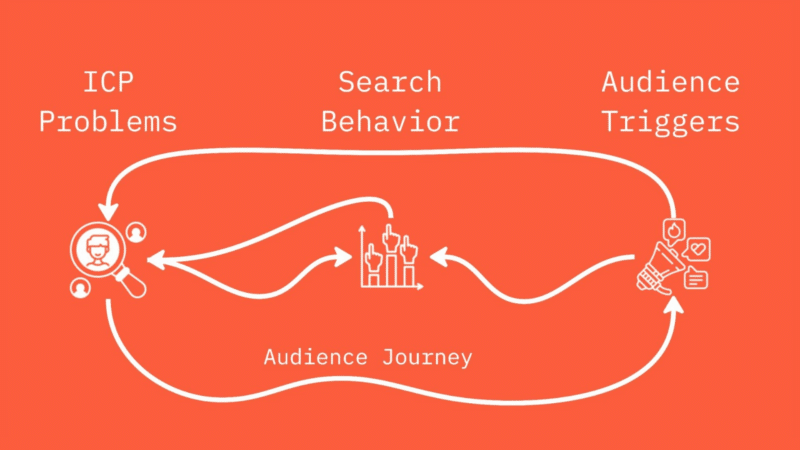
Understanding Audience Search Behavior for Enhanced SEO Strategies
In today’s digital landscape, the success of Search Engine Optimization (SEO) hinges not merely on traditional data but predominantly on understanding audience search behavior. Marketers and SEO professionals must pivot from relying exclusively on demographic insights to deeply engaging with the intent behind search queries. This shift can lead to more effective engagement and audience attraction strategies.
Rethinking Traditional Audience Research
Traditional methods for gathering audience insights—including surveys and focus groups—have long been the mainstay for marketers. However, the limitations of these techniques have become increasingly apparent, particularly in capturing the nuanced complexities of consumer behavior. As David Ogilvy noted, these approaches frequently fall short in providing the depth needed to truly understand audience motivations.
Modern Approaches to SEO
A more forward-thinking strategy involves analyzing search behavior. By constructing audience journey maps based on the challenges faced by ideal customers, professionals can align SEO efforts with real-world needs. This entails a comprehensive assessment of search behavior data, enabling the identification of crucial problems, opportunities, and the influences that steer audience decisions.
The Importance of Search Intent
At the heart of effective SEO lies a profound understanding of search intent. This intent often serves as a problem-solving mechanism for users. Therefore, marketers are urged to delve deeper into the motivations of their audiences. Crafting content that resonates with these underlying needs is vital for attracting the right visitors.
Creating Audience Journey Maps
An audience journey map serves as a vital tool to visualizing consumer decision-making processes. It effectively captures essential elements, including consumer problems, potential solutions, and critical questions encountered during various stages—awareness, discovery, and decision-making. This structured mapping is instrumental in pinpointing exactly what audiences are searching for, thereby refining engagement strategies.
Analyzing Audience Search Behavior
To succeed, marketers must engage in robust research to consistently track and analyze audience search behaviors. Tools like Google Trends facilitate the identification of search patterns and popular queries, allowing for the production of targeted content that meets specific audience needs. Awareness of both internal (thoughts and feelings) and external (social media, articles) triggers further enriches this understanding, enhancing decision-making insights.
In combining these strategies with URL shorteners and link management practices, professionals can not only streamline sharing of content but also amplify the tracking of audience engagement. This dual approach ensures that insights gleaned from audience behavior can inform content strategy and enhance brand visibility on various platforms.
Implementing actionable steps is crucial. Defining ideal customer profiles, mapping their journeys to highlight key problems, and utilizing analytical tools to decipher search behavior patterns are all effective methods. Furthermore, evaluating messaging across different platforms will unveil the conversations propelling search behavior, granting marketers a clearer view of their audience.
Ultimately, leveraging these insights can dramatically enhance SEO strategies, increasing brand visibility and delivering tailored solutions to the audience, leading to greater engagement and higher conversion rates.
#BitIgniter #LinksGPT #UrlExpander #UrlShortener #ContentMarketing #SEO
Want to know more: Read more

